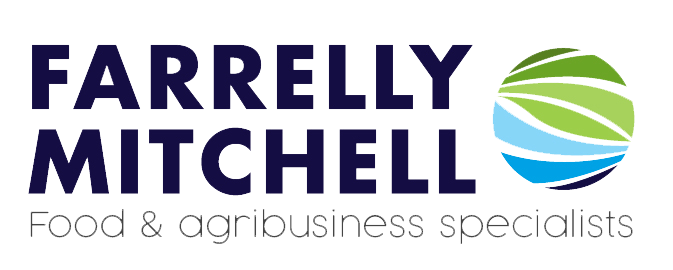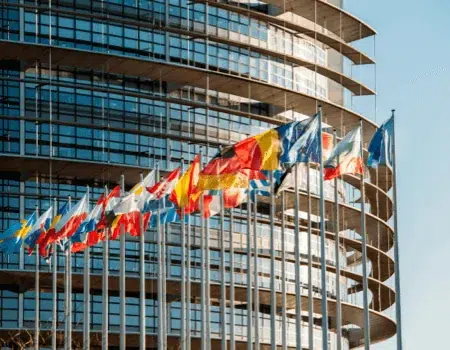Two weeks ago, the EU reached agreement on Common Agricultural Policy (CAP) reform for 2023-2027. It came after intense negotiations and is an attempt to balance economic and green ambitions among the member states. While there was general satisfaction among farmers and national governments, green interests are not entirely satisfied. They expected Brussels to be more radical in its approach, given the failings of reforms to integrate greener reforms over the previous decade.
Food production is responsible for 26% of global greenhouse gas emissions, and farming – in particular the livestock sector – is responsible for most of these emissions. The EU is keen to show leadership in the battle against climate change but its detractors say the latest agriculture reform indicates their actions are weaker than their rhetoric.
Context of previous reforms
A European Court of Auditors report, delivered before negotiations were finalised, indicated the ground European agriculture needs to make up in addressing climate change.
The auditors examined whether the 2014-2020 CAP supported climate mitigation practices with the potential to reduce greenhouse gas emissions from three key sources: livestock, chemical fertilisers and manure, and land use (cropland and grassland).
Livestock emissions represent around half of emissions from agriculture, but the report asserted they have not decreased since 2010. These emissions are directly linked to the size of the livestock herd, and cattle cause two thirds of them. Meanwhile, emissions from chemical fertilisers and manure, a third of agricultural emissions, increased between 2010 and 2018.
CAP has supported practices that may reduce the use of fertilisers, such as organic farming and cultivating grain legumes, but environmental sustainability experts believe methods such as precision farming that better match fertiliser applications to crop needs, received little funding. In addition, EU law does not currently apply a polluter-pays principle to greenhouse gas emissions from agriculture.
Funding indicating intent
Yet, on paper, the intent of the deal is clear. The total allocation for the CAP amounts to €386.6 billion and its strategic plans from 2023 will include the ambitions of the European Green Deal, in particular the farm to fork strategy. Overall, 40% of total CAP expenditure will be dedicated to climate action.
The negotiators agreed 25% of the budget allocated to countries should be set aside for eco-schemes in the first pillar, which represents direct payments to farmers and constitutes the lion’s share of the CAP. There would also be 35% ring-fence for environmental spending in the smaller second pillar, dedicated more to rural development.
The stated aim of the policy’s new eco-schemes is to give more support to those in the agriculture sector who apply more climate and environmentally-friendly practices, but according to campaigners, the agreement lacks binding goals that can create the adjustments the sector needs to solve challenges related to climate, the environment and nature.
Greener interests are especially aggrieved at a “rebate” loophole that allows countries flexibility on the all-important eco-schemes if they spend more than required in pillar two.
Critics of the deal also assert that soil erosion costs for European farmers account to $1.49 billion a year, but efforts within the CAP deal are not enough to protect farmland soils. Not prioritising crop rotation will not help achieve the target of halving pesticide use by 2030, one of the concrete objectives of the European Commission’s Farm-to-fork strategy.
Similarly, the use of pesticide and fertilisers might affect the 25% of organic farming target, limiting a real transition towards a sustainable food system.
Future reforms to build on 2023 effort?
Given that member states have autonomy to decide whether or not its farming sector will contribute to reducing agricultural emissions, it remains to be seen if the EU agricultural sector will engage enough through the CAP to bring about greener outcomes.
But Brussels has declared the objective of being climate-neutral by 2050 and in line with those ambitions the bloc is likely to continue to step up momentum to reduce emissions as that mid-century date looms, with pressure continually applied on stakeholders to be more accountable and transparent on contribution to climate mitigation.
Planning Ahead with the Common Agricultural Policy
With the recent agreement on the Common Agricultural Policy (CAP) reform for 2023-2027, the EU aims to strike a balance between economic development and environmental sustainability. However, challenges remain in fully integrating green ambitions, particularly in reducing agriculture’s significant contribution to global greenhouse gas emissions.
Farrelly Mitchell is poised to navigate these evolving policy and regulatory landscapes, offering expertise in policy and regulations, green finance, and sustainability and esg. Our services support clients in adapting to these changes, ensuring their operations align with both current reforms and future ambitions for a climate-neutral EU by 2050.














